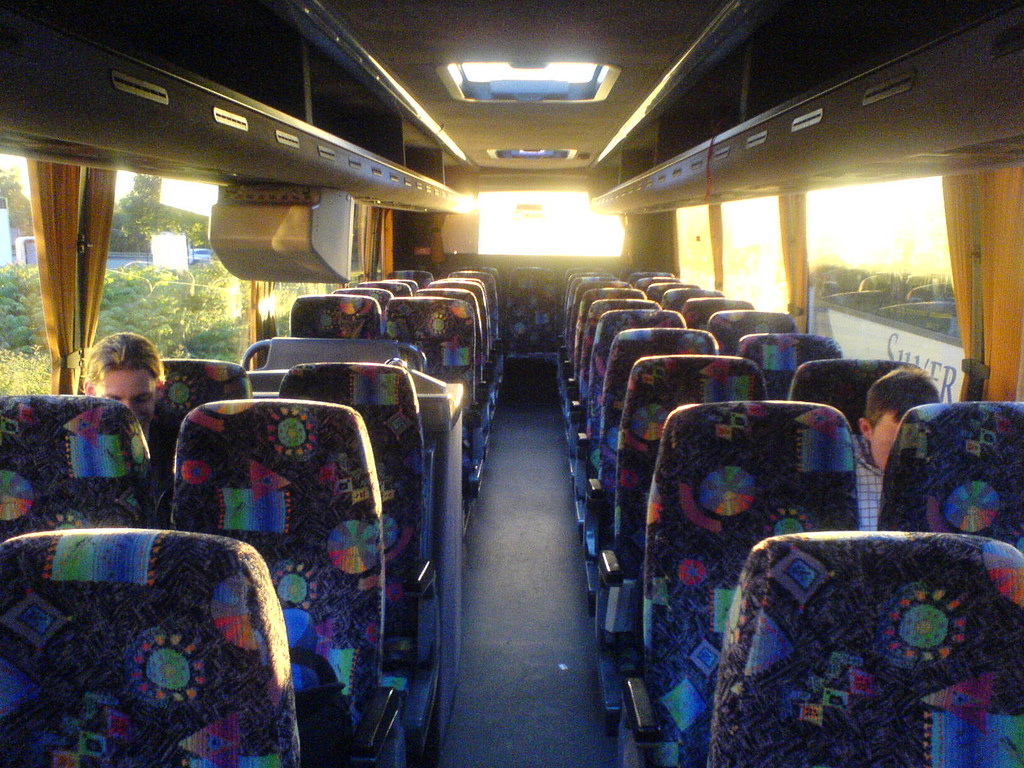If I Was Starting Today…Part 5
 If I Was Starting Today…Part 5
If I Was Starting Today…Part 5
(This is part 5 of a 7 part series. You can read part 1 right here)
If I knew then what I know now, I’d work smarter to get the right people in the right seats on the bus. What do I mean?
If I knew then what I know now, I’d work smarter to get the right people in the right seats on the bus.If I knew then what I know now, I'd work smarter to get the right people in the right seats on the bus. Click To Tweet
One of the most important principles from Jim Collins’ Good to Great is “First Who, Then Where.” What he is saying is that getting the right people on the bus (his metaphor for building a winning team) is more important than even developing a vision for where you’re going.
No doubt you’ve heard the phrase, “getting the right people on the bus.” It’s become a very common expression and most people get the basic idea right away. But Collins takes it one step further, and this step is often missed in application. He goes on to say that once you’ve got the right people on the bus you’ve got to get them in the right seat on the bus. Short of that, you’re not really going to have the impact that you want to have.
Where does this have application for all of us? The right people are often already on the bus. They’re serving in some capacity. They’re involved. But many times they’re really not serving in the area where they can have the greatest impact. They got recruited to a ministry that was urgently in need of a body and no one ever repositioned them to the role where they could make the greatest difference.
If you stop and think about long time volunteers in your church, you’ll probably quickly arrive at a few faces and names. Great people. High capacity people. Volunteering faithfully. And serving in a role that really doesn’t take advantage of their spiritual gifts, abilities, experience, personality and passion—what Saddleback refers to as SHAPE.
Did you think of a few examples? If you did, you are not alone. This is a glaring problem in many churches. It’s also a massive opportunity in many, many churches.
How does this impact small group ministries?
If you want your small group ministry to have impact, you’ve got to have key players, the right players. And building a team of the right players may require repositioning some key players from one seat on the bus to another.
For example, one of the biggest barriers to building a thriving small group ministry is the critical need to build an effective coaching structure. If you want to build an effective coaching structure, you’re going to need to identify, recruit and develop a team of high capacity men and women who are almost always serving in some other role.
Sound familiar? If you want to build a thriving small group ministry, you’re going to have to help some high capacity leaders move from the seat on the bus they’re in right now (a ministry role in another ministry) to the right seat on the bus (one that takes full advantage of their SHAPE.
Is that a problem-free solution? No.
Will it ruffle feathers? Yes.
Will you need your Senior Pastor’s help? Probably.
Is it worth the effort? Absolutely.
If you’re convinced that small groups are the optimum environment for life-change, and if life-change is the ingredient that drives impact on the community, then getting the right people into the right seats on the bus is essential.
Here’s part 6 of the series.
Further Reading and Resources
How to Identify a Potential Coach
How to Build an Effective Coaching Structure (My four part mini-course)
Image by Pete Hindle

